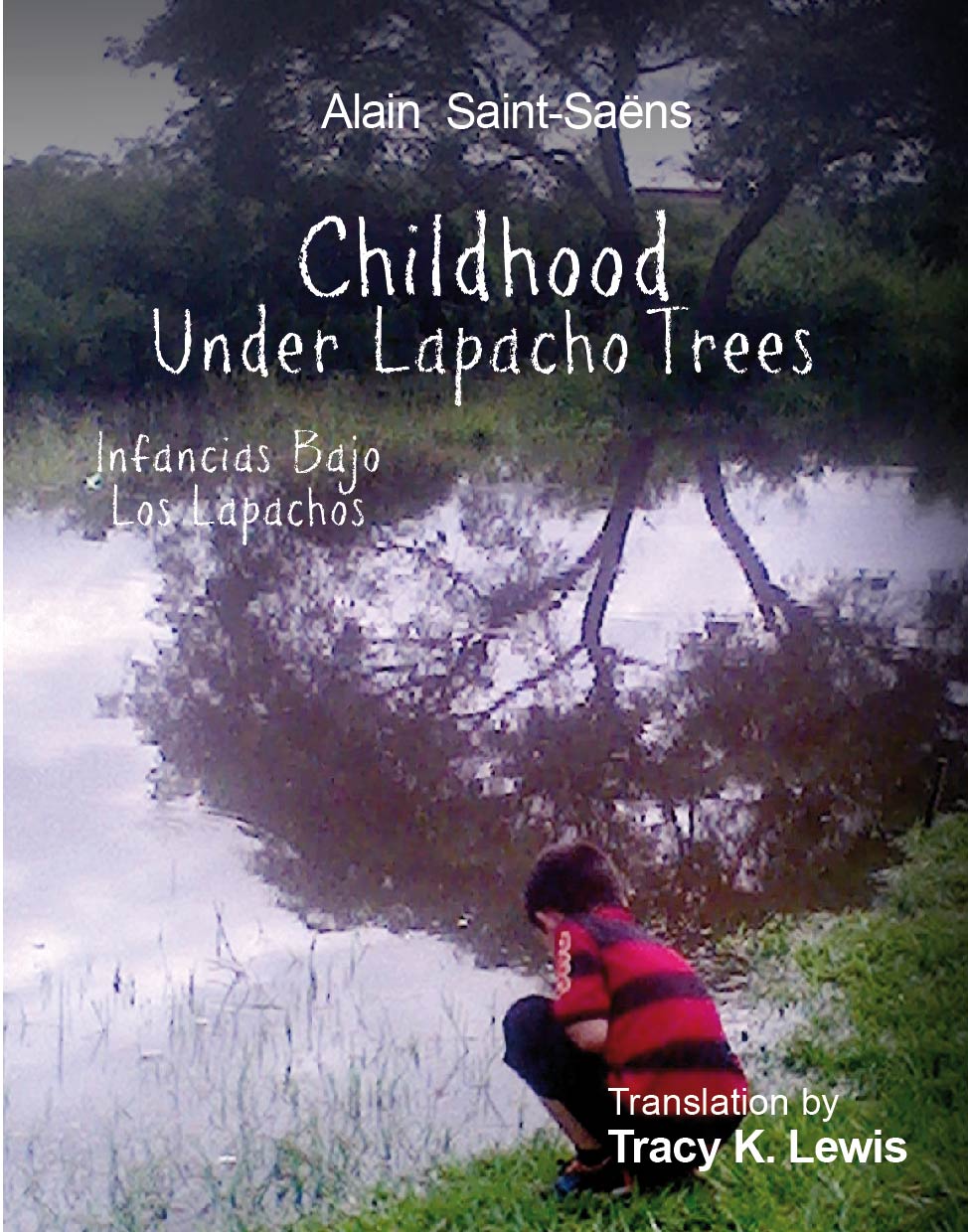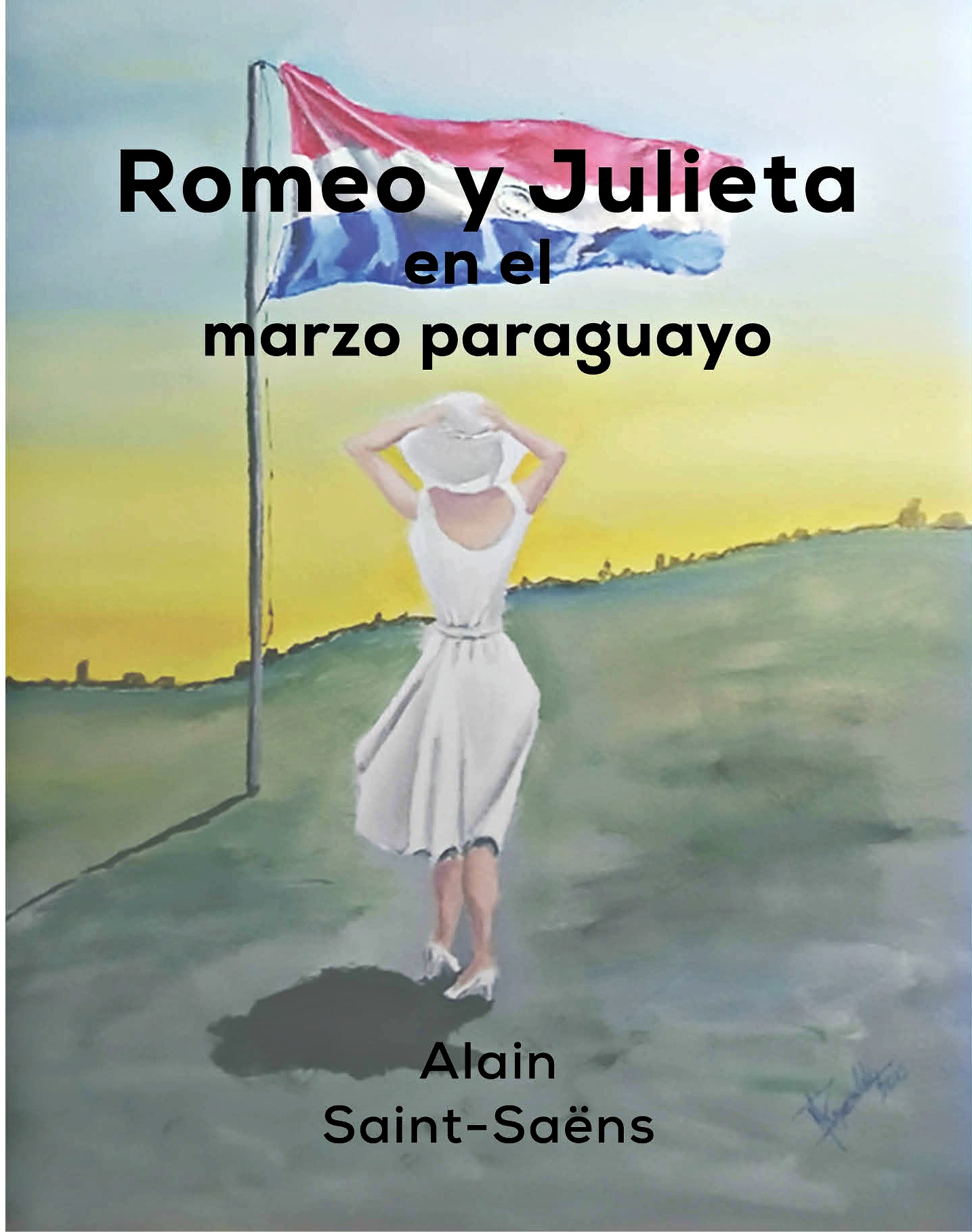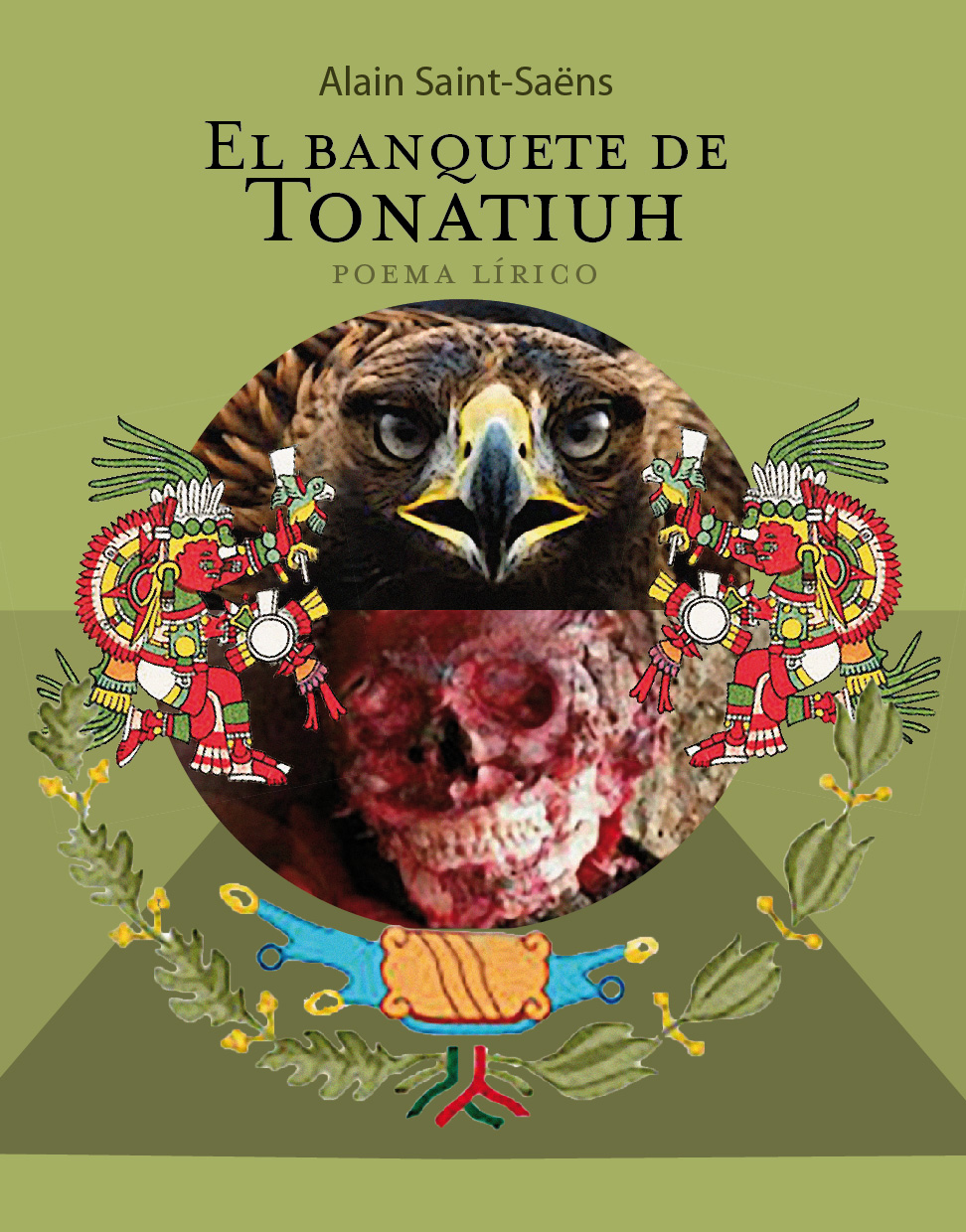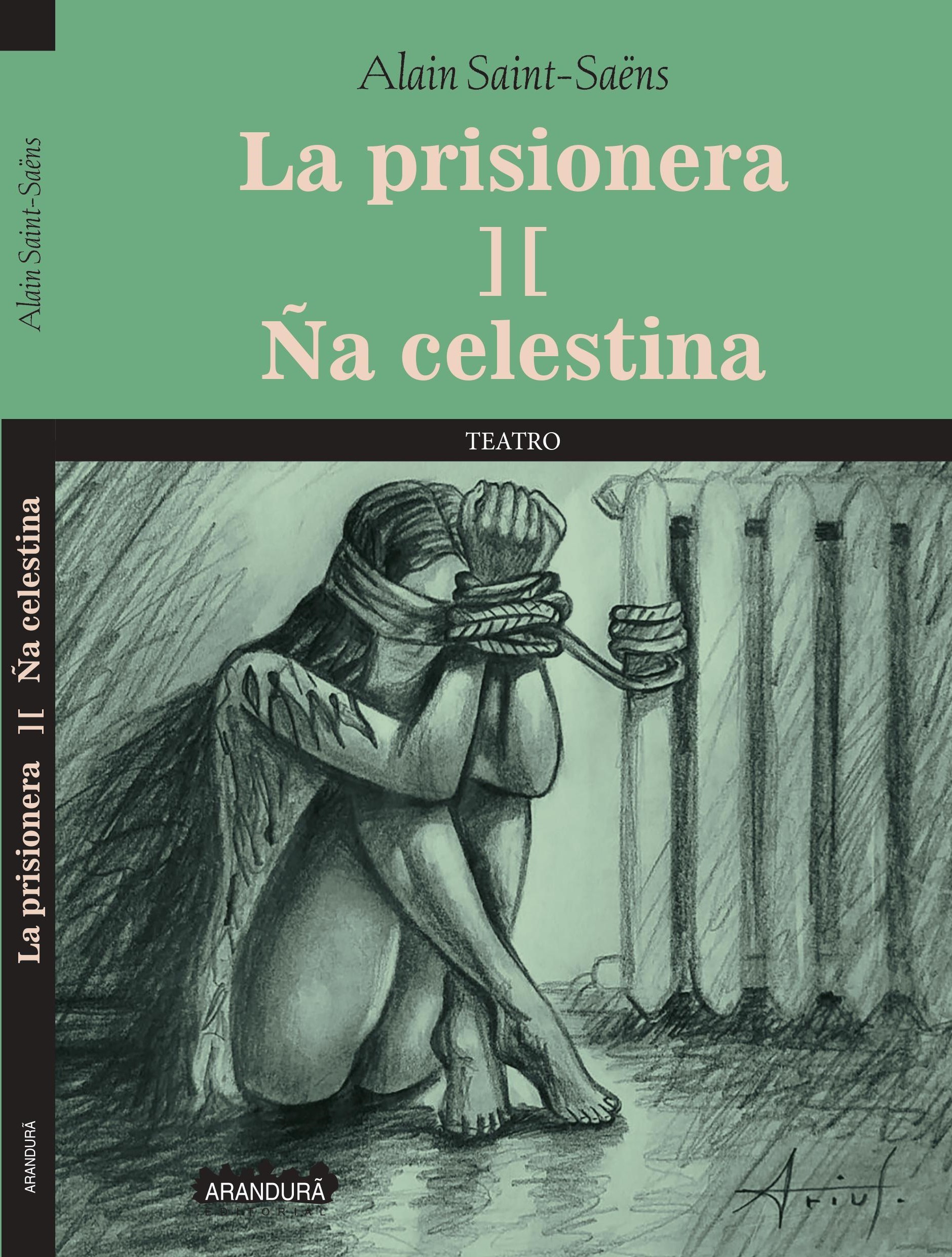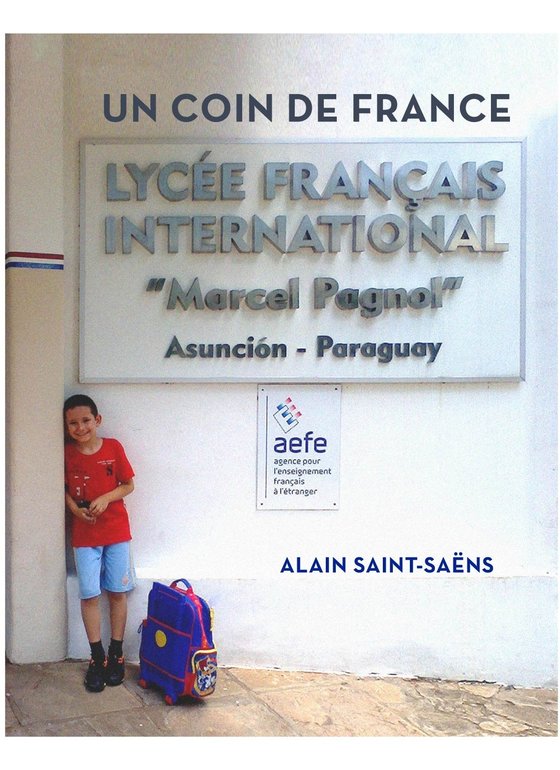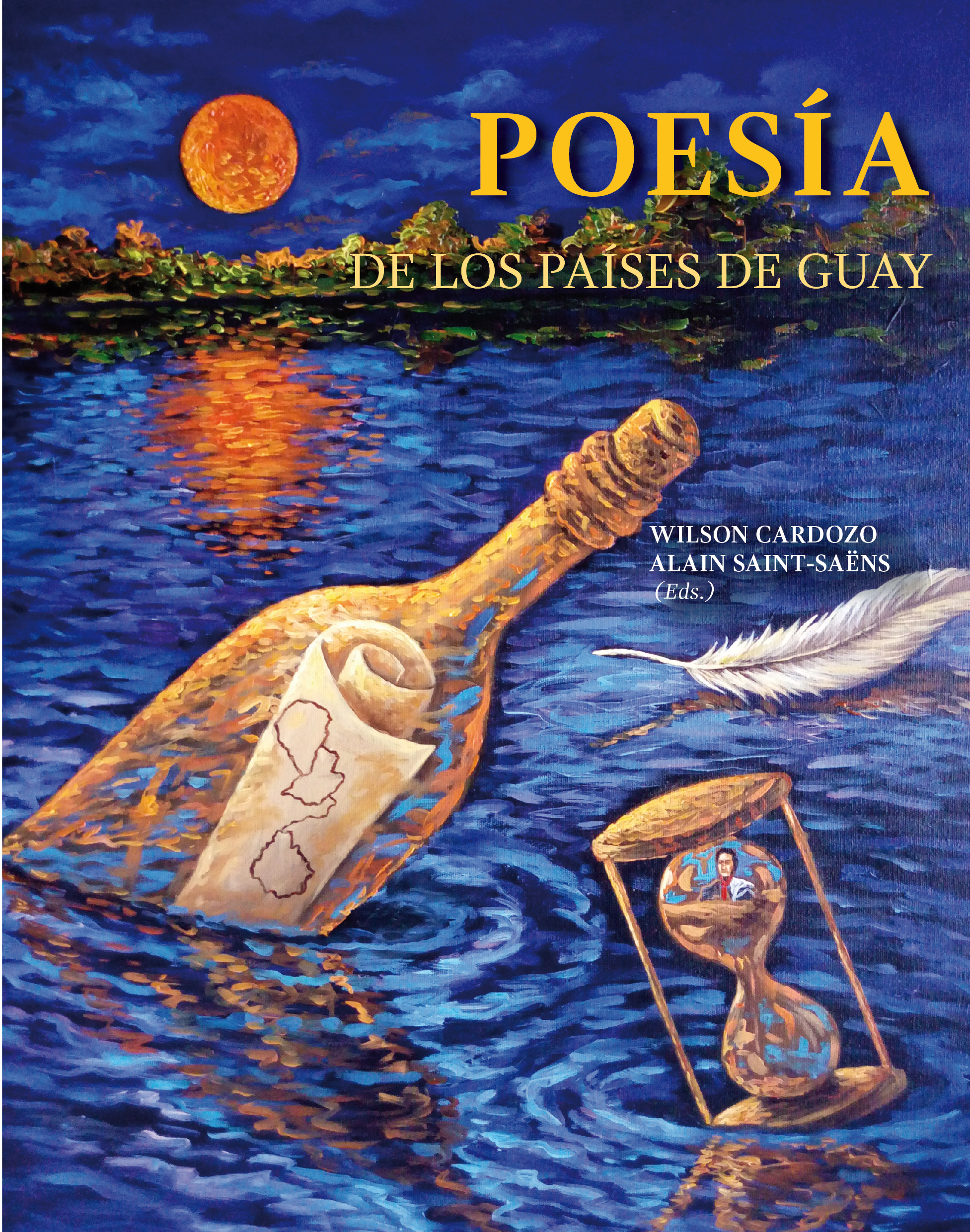THE WAGON,
CATHARSIS BEFORE THE HOLOCAUST
The Wagon,
a three-act drama of the polygraph Alain
Saint-Saëns, is an original theatrical contribution
to the well-known theme of the “Shoah,” the Jewish
genocide perpetrated by the Nazis. Its novelty lies
not so much in the drama’s style
that we will see briefly below, but in the
temporary location of the dramatic action, just
before a group of Jews arrive by train at Auschwitz
concentration camp, which allows the anticipation of
the outcome. Thus, the tragic end that awaits the
descendants of Abraham, known by every reader, is
presented surprisingly before, being the executor
one of their own, which puts the reader in the
presence of an anticipated catharsis of the
Hobbesian horror of which is capable human nature:
man is a predator to man.
The work seems to be
initially what could be understood as “ideological
theater” (this expression is used on purpose to
disassociate it from the one advocated by Piscator,
“political theater,” of Marxist inspiration),
keeping in mind the starting conversation on
ideologies between the young Jorge (gesture of the
author to the confinement in a Nazi concentration
camp of the Spanish politician Jorge Semprún, to
whom the work is dedicated) and a Jewish rabbi. In
this dialogue, Rabbi Sholem argues against Jorge’s
pro-marxist allegation, warning him – just like a
teacher to his disciple – about the dangers of both
radical ideologies: Soviets Marxism and National
Socialism, telling him to “set aside your
indoctrination speech and open up your eyes” (act I,
scene 1). The development of the action, however,
shows that raising awareness about political
ideologies or, better, about the sterility of
ideological dogmatism is not the main intention of
the author, but rather is to show the two faces of
human nature: the brutality and kindness that man is
capable of. In addition, the drama is a clear
allegation of religious tolerance as it is expressed
by the Jewish rabbi when, addressing his fellow
passengers, he summons them [second scene of the
first act] to pray together “whichever Lord we call
ours in our heart.” That’s why I would speak about
this work as a good example of “theater of values.”
Values such as
solidarity, to helping each other, in contrast to
the survival of the strong, the Spencerian echoes
presented by the opinion of one of the passengers
about the urgent need not to continue distributing
the water in equal parts, “in order to allow the
strongest of yours to survive” (act II, scene 2). Or
values such as human brotherhood, praying “Jews and
Christians all together” (act III, scene I). Or
justice imparted by the rabbinical court (understood
from the perspective of the Jewish law, since to
strangers the precept “an eye for an eye” can evoke
revenge) at the end of the drama (act III, scene 2).
Values that perfectly
embody archetypal characters and others that are not
so, which is one of the virtues of this work. On the
one hand, the character of Roger, a pimp, renegade
of his faith – or rather, of any faith –, hedonistic
and lascivious, who seems an incarnation of the
Devil himself. Pleas of his fellow prisoners or the
rabbi’s preaching with his profuse references to the
Hebrew law, the Torah (repeated intertextuality
throughout the work) does not make a dent in the
trigger-happy assassin (with a knife in this case).
Like the fallen angel, he submits his involuntary
companions to a hell, anticipation of which they
will suffer in the concentration camp. There are
also his henchmen, one of whom, David, changes sides
and pays for his betrayal (thus understood by the
violent neighbor of Pigalle – the Parisian quarter
where the famous Moulin Rouge is located, alongside
with different kinds of night spots – a spatial
symbol that anticipates the nature of a man whom the
honest Jorge openly classifies as a pimp) with his
death and the rape of his daughter. Or the Polish
teenagers that insult and laugh at the Jews pleading
for help (act II, scene 1).
On the other hand, the kind
figure of Rabbi Sholem, who symbolizes a sort of
Moses who guides his people in their journey through
the desert, not only because of the constant
references to the Exodus, but because of the
continuous textual references, such as when it is
erected in president of the rabbinical court (‘‘as a
specialist of Jewish law’’). Or his selfless wife,
Esther, always ready to fulfill the requests of her
husband, faithful to his husband against the sexual
insinuations of the Parisian and ready to face death
with her husband despite her greater chances of
survival in the extermination camp. Or the good
seminarian Karol, who gives food and drink to the
hungry and thirsty (one of the profuse Biblical
references of the work) Jews and apologizes for the
evil attitude of the aforementioned boys, his
pupils.
There are also characters
who go beyond the stereotypes, gray characters that,
in their degradation from black to white, reach
redemption, as the widow Germaine, who begins being
the sexual partner of the French scoundrel and ends
seeming to be an hybrid between Mary Magdalene
(because of her past of sexual libertinism) and the
Virgin, when the rabbi tells her to take care of
Simone (gesture of the author to Simone Weil, as
shown in the dedication) and Brigitte as his sister
and daughter, respectively, just like what Jesus
asked the Virgin Mary to do with the apostle John
(and vice versa) at the base of the cross.
Characters like the unfortunate Daniel, on the side
of the thugs of the wagon at the beginning of the
story, who ends up stabbed by the pimp, as we said
above. A good-natured, but impulsive character is
Jorge, who seems to embody the apostle Peter,
rebellious to the attitude of turning the other
cheek, as the rabbi did: “How could God let this
crime unpunished?”
We said “theater of values” because
the verisimilitude of the dramatic action does not
seem fundamental in this work, but to awaken the
awareness of the viewer-reader facing the rough
situations that are revealed. Thus diegesis
over mimesis prevails, but I believe that the
story the dramatist draws up serves his purpose
better to shake the emotions of the receiver. We
could state then that this story of The Wagon
is “epic,” not in the classic sense of a hero,
protagonist of the action (because heroes here are
almost all the passengers of the wagon heading to
Auschwitz and, beyond, humanity), but in Bertolt
Brecht’s notion of narrative theater. It is, indeed
– or, at least, that sensation generates –a theater
that displays the scenic action to the
viewer-reader, which leads him to reflect on it,
rather than introducing him into the action, so that
he empathizes with the characters he is
seeing-reading.
The style is rough, direct, with a
language sometimes vulgar and virulent (from Roger’s
mouth, specially), a colloquial prose that runs away
from the lyric and that endows some of his
characters with an impertinence which reminds the
rogues of the Spanish Golden Age and, in certain
passages, the strongly-worded parliaments of
Rabelais’ Gargantua and Pantagruel. Harsh remarks
that sometimes can cause the reader’s bewilderment,
because, as we say, they are the result of the aim
of stirring consciences facing the values
presented in the play: human evil and human
kindness. If we look at what the author himself
pointed out in an interview, the explicit violence
present in the play has the trace of Edward Bond’s
Saved, a work whose representation impacted
our still adolescent author. One could speak in a
certain way of “tremendismo”,
like Camilo José Cela’s Pascual Duarte’s
Family, but I rather think that in this play
there is a language without filters and situations
taken from the most sordid reality that surrounds
us.
I do not think that the character of
Roger, with his lasciviousness and abuse of force,
can be compared, for example, to the violent peasant
of Cela’s work, since his reactions, even excessive,
carry a background that explains his outburst as an
outlet for a long-lasting frustration (endemic
poverty, death of his father, miserable life of his
brother, premature deaths of his children ...). On
the contrary, the Frenchman overreactions do not
seem to find much justification if it weren’t for
his last little respectable profession. Roger
reminds me more of the “comendador” who is
finally executed by the people.
However, I do think it appropriate to
speak to a certain extent of this work as “dirty
realism”, because it presents the most negative side
of human beings (along with the more positive) as
something perfectly normal, despite of being
shocking situations, for example, the orgy in the
middle of the train that goes to an extermination
camp (act II, scene 3) or the Polish children that
we mentioned before, one of which even pees in the
hands of the desperate Jewish woman who implored
water through a hole in the crossbeams of the train
(act II, scene 1). Let’s think if it would seem
unreal to Bukowski that the man accused of rape
returned to the place of the alleged crime to
copulate with the overweight neighbor who French
kissed him
... the answer is no. It is all a matter of point of
view, of “perspective,” in terms of the Spanish
philosopher José Ortega y Gasset, because for the
wife of the rabbi, Esther, it can be unreasonable
the lustful attitude of Roger just before a certain
death, whereas for the Frenchman the concern of the
lady for her daughter living in Palestine, in her
own words, greater than the concern for her disabled
son who is heading to the extermination camp with
them, may seem incomprehensible... the truth is only
the sum of different points of view
and this play exemplifies this.
Also as a feature of the
exhibition of the starkest part of reality (of this
“dirty realism”), the play has a few black humor
moments, as when Roger, having sex with Germaine
evokes his promise made hours before that he would
“take care” of her: “Do you feel better now? – Poom!
– Is Roger’s tenderness big enough for you –
Poom!”(Act I, scene 3). Or also by offering the
rabbi to adopt the daughter of the man he murdered
“afterwards now that she is an orphan” (act III,
scene 1).
It is a theater piece more
narrative than dramatic, as we say, but it is not
totally free of lyricism. On the one hand, the
heaven-hell allegory (or Jesus-Devil, as preferred)
is symbolized by Rabbi Sholem and the shameless
Roger, respectively. For instance, when the last one
invites the people of the wagon to choose between
playing with him and drink or pray with the rabbi
and die (act II, scene 2), or when he tempt the
religious, like Satan to Jesus in the desert,
inviting him to enjoy the daughter of the stabbed
(act III, scene 1). The same allegorical sense is
given with the Biblical Exodus, an inverse
exodus, I would say (abandon their previous lives,
lives of promise, to enter a land of suffering and
death). Along these lines the religious embodies, as
we mentioned before, the figure of Moses of various
passages in the Torah
account, such as, for example, when it compares the
sexual debauchery promoted by Roger with the golden
calf (act I, scene 3) or when a storm breaks out
between the rabbi’s imprecations about the wrath of
God as if it were the Seventh Plague of Egypt (act
III, scene 1). On the other hand, there are
exceptionally some lyrical passages like the words
of the rabbi’s wife, Esther, to her son David, when
the train is already arriving at its destination, in
which the woman, with the tenderness of a mother
explaining something to her little son so that he
understands tells him that his parents “go to a
special place for older people”.
The story unfolds entirely in the wagon
(unity of place) until the end, when they reach the
Nazi camp, where, literally, death awaits them (some
of them) barely they get off the train. Other works
of our author follow this pattern of unity of the
spatial location, which would make easier a future
staging of this piece. The Wagon is a
historical drama, since Saint-Saëns is based (as in
other of his works focused on recent history events
of the United States, such as the attacks of
September 11 or the catastrophe caused by Hurricane
Katrina in New Orleans) in an essential truth, which
is the suffering endured by millions of human beings
in the Holocaust for the mere fact of being Jews and
the dichotomy between latent anti-Semitism and the
help provided to the Semites (both sides perfectly
symbolized by Polish children and the Catholic
seminarian referred above), regardless of whether
the characters are not historical or the main
intention of the plot is not the historical
verisimilitude. Our author uses all the elements of
the story to weave his work of fiction, not history,
because, as the Spanish playwright Buero Vallejo
recalled, “A historical drama is a work of
invention, and the interpretative accuracy which it
tries to achieve concerns its main meanings, not its
details.”
Speaking about the historical setting I
would like to return, to conclude, at the beginning
of this essay, because here lies the singularity of
this theatrical work within the constellation of
stories about the Holocaust:
to anticipate the fatal outcome of the extermination
camp, as a holocaust before the Holocaust (or
advanced catharsis). Other works, such as Arthur
Miller’s Broken Glass, use what would be a
prelude to the Shoah, the event of the same
name that occurred in Germany in 1938, as an excuse
to deal with other issues. Bertolt Brecht’s
Jüdische Frau (The Jewish woman)
is also set before the genocide, in 1935, but
despite being part of the work of this German
playwright entitled Terror and misery of the
Third Reich and describing well that incipient
discriminating cloak that was woven in Germany in
the 30s due to the ethnic origin of its citizens, is
not enough to reflect that cathartic horror that
shows the work of Saint-Saëns. We can also remember
the story of the movie Life is beautiful,
located in a concentration camp, with a very
different purpose: to describing the atrocity from
the innocent eyes of a child. And, also located in a
concentration camp, the work of the Spanish
playwright Juan Mayorga, Camino del cielo,
which exposes an interesting concept: a comparison
between the standpoint of what the camp was and what
the protagonist remembers, years later, that it was,
raising doubt of what actually happened.
Finally, I would like to recall a play
that runs as an epilogue to the tragedy, Thomas
Bernhard’s Heldenplatz (Heroes’ Square),
in which a Viennese Jew returns to his homeland
after the war, years after exiled, when the
annexation of Austria to Germany. The protagonist,
stating that anti-Semitism is still alive among his
countrymen, commits suicide.
All these works, along with this provided by the
dramatist Alain Saint-Saëns, are nothing but pieces
of truth that help us to know better world’s history
and ourselves as human beings.

Borja Javier
Ormazábal Hernández
Universidad
Complutense de Madrid,
Spain

